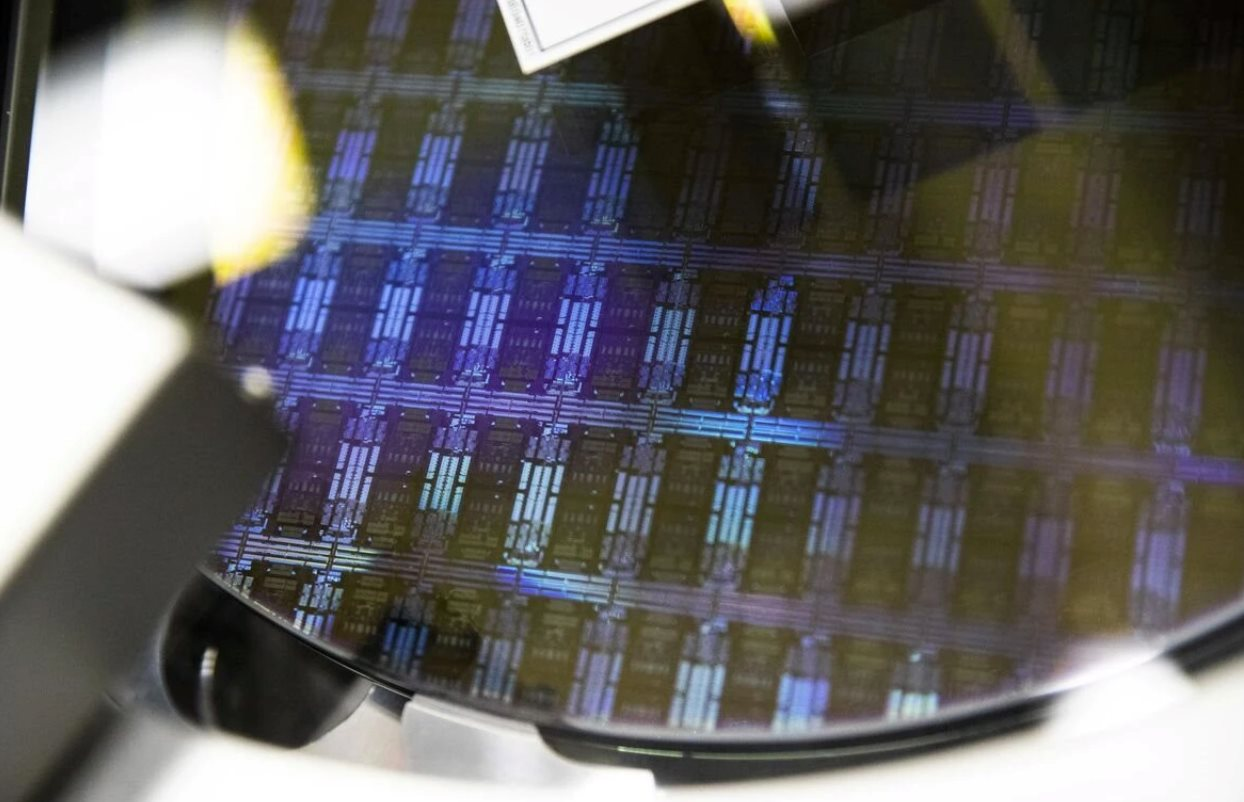Another scandal that shook the Chinese memory chip industry: Homegrown products are suspected to be US companies in disguise, achievements for many years are in danger of collapse
- Tram Ho

According to a report cited by online technology news site Tom’s Hardware, a “homegrown” chip from the Chinese computer hardware maker is suspected to be an Intel product in disguise.
Specifically, the main parameters of the Powerstar P3-01105 CPU of the Shenzhen-based company Powerleader (China) are identical to Intel’s Core i3-10105 Comet Lake CPU. Report produced by Geekbench, then cited by Tom’s Hardware and SCMP. Currently, SCMP has not been able to accurately verify whether the Powerleader chip is really an Intel chip in disguise.
Shenzhen-based Powerleader, which has no track record in semiconductor development, has remained silent for now. Calls to its headquarters in Shenzhen went unanswered.
According to SCMP, Geekbench’s findings have been widely cited by Chinese and foreign media. If so, the event will become the latest scandal to tarnish China’s domestic chip reputation.
Before that, the infamous Hanxin chip case in 2006 also raised many concerns around the true origin of Chinese semiconductors. Government investigation found that the developer of the Hanxin chip series, Chen Jin of the prestigious Shanghai Jiaotong University, had committed serious fraud and forgery.
Hanxin, a Chinese chip, was initially hailed as a project to make Shanghai one of the world’s leading chip manufacturing hubs. The project is funded by a special program aimed at nurturing major science and technology institutions.
Chen Jin, the “father of Chinese chips” used a foreign company’s products to win a lucrative bid in 2003, and then aggressively promoted the “fake product” as national pride. . According to scientists and Chinese researchers at the time, Chen’s case was just one of numerous problems of idea theft, plagiarism and bribery.
Nearly 120 Chinese scientists living in the US later wrote an open letter to the Ministry of Science, complaining that standards in Chinese research were at record lows and hurting the national reputation in terms of science. science.
“The reality could be worse than that, especially in the social sciences,” said Fang Zhouzi, a Beijing-based biologist.

A “homegrown” chip from a Chinese computer hardware maker is suspected to be a disguised product of Intel.
Back to the story of Powerleader. The company, which has been making servers and personal computers for industrial users since 1997, previously announced in a press conference on May 7 the release of the first generation Powerstar CPUs. The technology was developed based on x86 to be compatible with “government, education, energy, industrial, financial, healthcare, gaming and retail” applications.
Powerleader also launched a desktop PC equipped with Powerstar chip. They are manufactured at various manufacturing facilities in Guangdong, Sichuan, Hunan, Hebei, Guangxi, Shaanxi, Jiangsu and Beijing provinces.
Intel’s x86 is a family of complex computer architectures. Most of the desktops and laptops on the market are based on different versions of x86. Before announcing the Powerstar development initiative, Powerleader also used Intel chips in its products.
According to SCMP, China has been trying for years to develop its own ICs, but has always been limited by a number of barriers, such as lack of intellectual property (IP) and instruction set architecture. As a result, Intel’s x86 architecture dominated the PC market, while British chip design firm Arm’s architecture led the mobile device sector.
In some cases, Chinese companies have to buy chip designs from foreign companies. In 2016, chip maker Advanced Micro Devices received approval from Washington to license the design of the first generation Zen x86 processors to Chinese chip designer Haiguang. The result is a system on a chip called Hygon Dhyana.
It is known that Fabless Zhaoxin Semiconductor Company, established in 2013 as a joint venture between VIA Technologies and the Shanghai municipal government, manufactures x86-compatible desktop and laptop CPUs for the market. domestic school. Meanwhile, Montage Technology’s Jintide CPU is also developed based on Intel’s proprietary x86 IP. Some adjustments have been made to ensure the safety of data processing.
However, it cannot be denied that Chinese technology companies have made great efforts in replacing Western chips and some related components. For example, Guangzhou Automobile Group, a state-owned electric vehicle maker, said in February that it wanted to buy about 1,000 chips from Chinese suppliers, although it currently buys up to 90% from Chinese suppliers. foreign.
“The current goal in China in many areas is to de-Americanize the supply chain,” said Paul Triolo, senior vice president of China at Albright Stonebridge Group, a strategy firm.
According to The New York Times, dozens of Chinese chip companies are finalizing plans to raise capital through IPOs this year. China’s second-largest chip maker, Hua Hong Semiconductor, is on the list.
The Beijing side also activated a state fund dedicated to pouring money into suppliers of chip materials and equipment. The new subsidy is aimed at phasing out Western components from the supply chain. In addition, the southern city of Guangzhou also spends more than 21 billion USD on semiconductor and technology projects. Orders for Chinese-made equipment have spiked in recent months, according to The New York Times.
By: SCMP, The New York Times
Source : Genk
